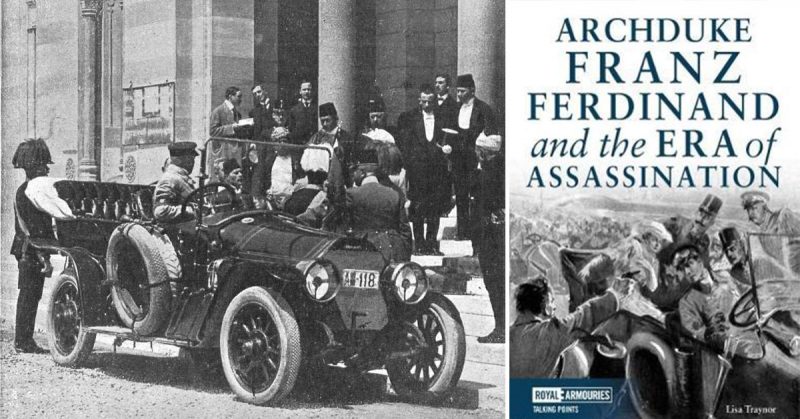The Great War centenary will soon be consigned as a piece of history itself, but books dedicated to the conflict continue to pile up in the reviews department at WHO Towers.
We have in front of us a concise but beautifully written investigation into the assassination of Archduke Franz Ferdinand and his wife Sophie on 28th June 1914 – the shot heard around the world that did much to precipitate the First World War.
The events in Sarajevo form the opening element of a book that examines the background to the events; hence the subtitle era of assassination looking at the growing use of edged weapons, guns and bombs to kill heads of state or leading figures. The author runs through a number of events where reliance on pistols became more commonplace accompanied by her account of the development of suitable firearms to do the deeds.
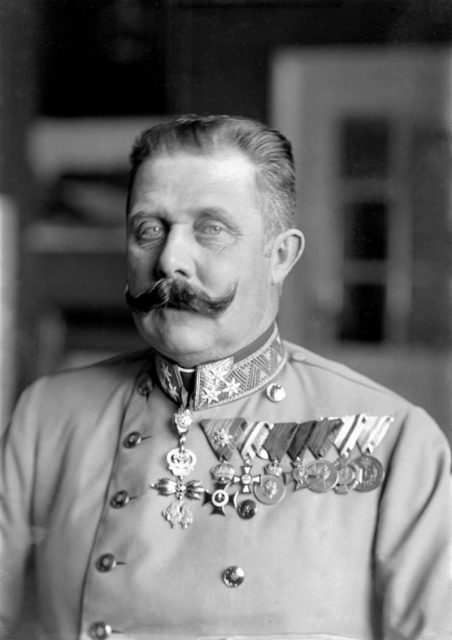
The author, Lisa Traynor, is Curator of Firearms at Britain’s Royal Armouries, one of the world’s finest collections of weapons. She goes to considerable lengths to explain the workings of the Browning Model 1910 pistol used by Gavrilo Princip on that fateful June day, using his testimony and that of others to get to the crucial moment when he pulled the trigger.
The book goes further by investigating the development of bulletproof clothing – vests if you feel like it – that may have been available to the Archduke, although it is widely assumed he did not wear any on the day. This leads to the inevitable question that had Franz Ferdinand been wearing protective clothing, whether it would have deflected the fatal bullet that caused the world so much tragedy a century ago?
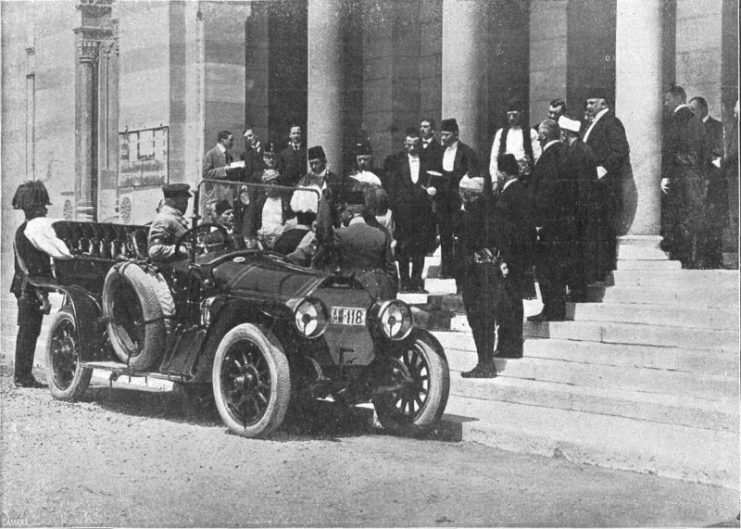
This is all pretty fascinating stuff. Lisa Traynor looks into the world of bulletproof clothing at that time, concentrating on the work of Casimir Zeglen, a Polish one-time priest turned inventor who used silk to weave an immensely strong garment that was capable of stopping a bullet. Now, for me, this all seems pretty fantastic, and yet it worked. We see that there were instances where the vest or shirt stopped a bullet from a modern pistol. Amazing!
But there is an acknowledged flaw the author is quick to highlight. Princip’s fatal shot hit the Archduke at his collarbone, severing his jugular vein. The shape of Zeglen’s design would not have saved Franz Ferdinand’s neck. Although he did not die immediately, the wound was lethal and he succumbed a short time later.
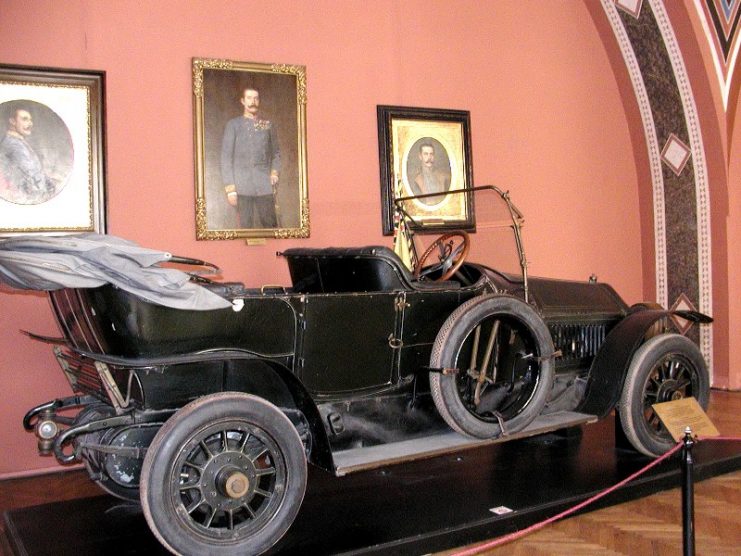
His hapless wife Sophie had been hit in the abdomen and died in their car. None of these are unknown facts about the case, but regardless of the known knowns the author is able to build a fascinating story around the potential of Zeglen’s silk garments and an element of what might have been had the Archduke survived Princip’s shooting.
While this is academic to say the least, it is the background into the age of assassination, the technical advances in handguns and mavericks like Zeglen that enhance an otherwise well-known episode to make it even more interesting.
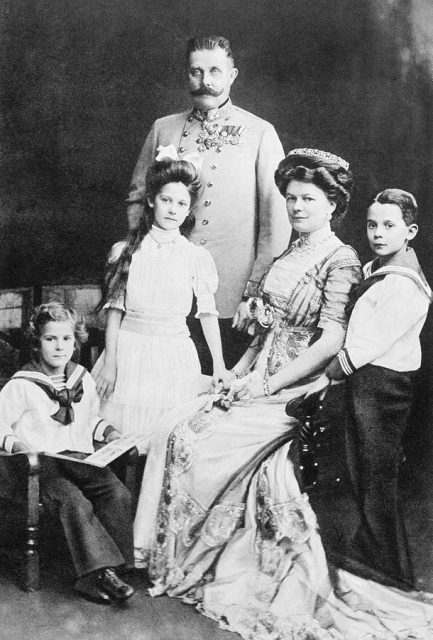
This isn’t a long book by any means. It fits into a new range of titles published by the Royal Armouries in a series called Talking Points. The presentation is really very nice while illustrations of exhibits connected to the assassination fit in well with the research carried out by the author where she tests Zeglen’s invention and the type of Browning pistol used by Princip. The practical element to this gives the book a great deal of credibility.
I really enjoyed this book and hope to see more. It is a bit different from standard fair, being easy to follow while being studious and authoritative. Assassinations have changed history and there is no question that the drama in Sarajevo turned the world on its head. You can read the bald facts on a number of webpages but the chance to go in a bit deeper while avoiding the politics is pretty cool. Recommended.
Review by Mark Barnes for War History Online
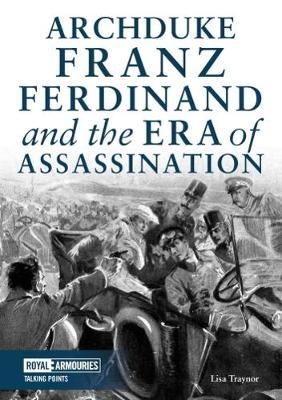
ARCHDUKE FRANZ FERDINAND AND THE ERA OF ASSASSINATION
By Lisa Traynor
Royal Armouries Museum
ISBN: 978 0 94809 288 6
